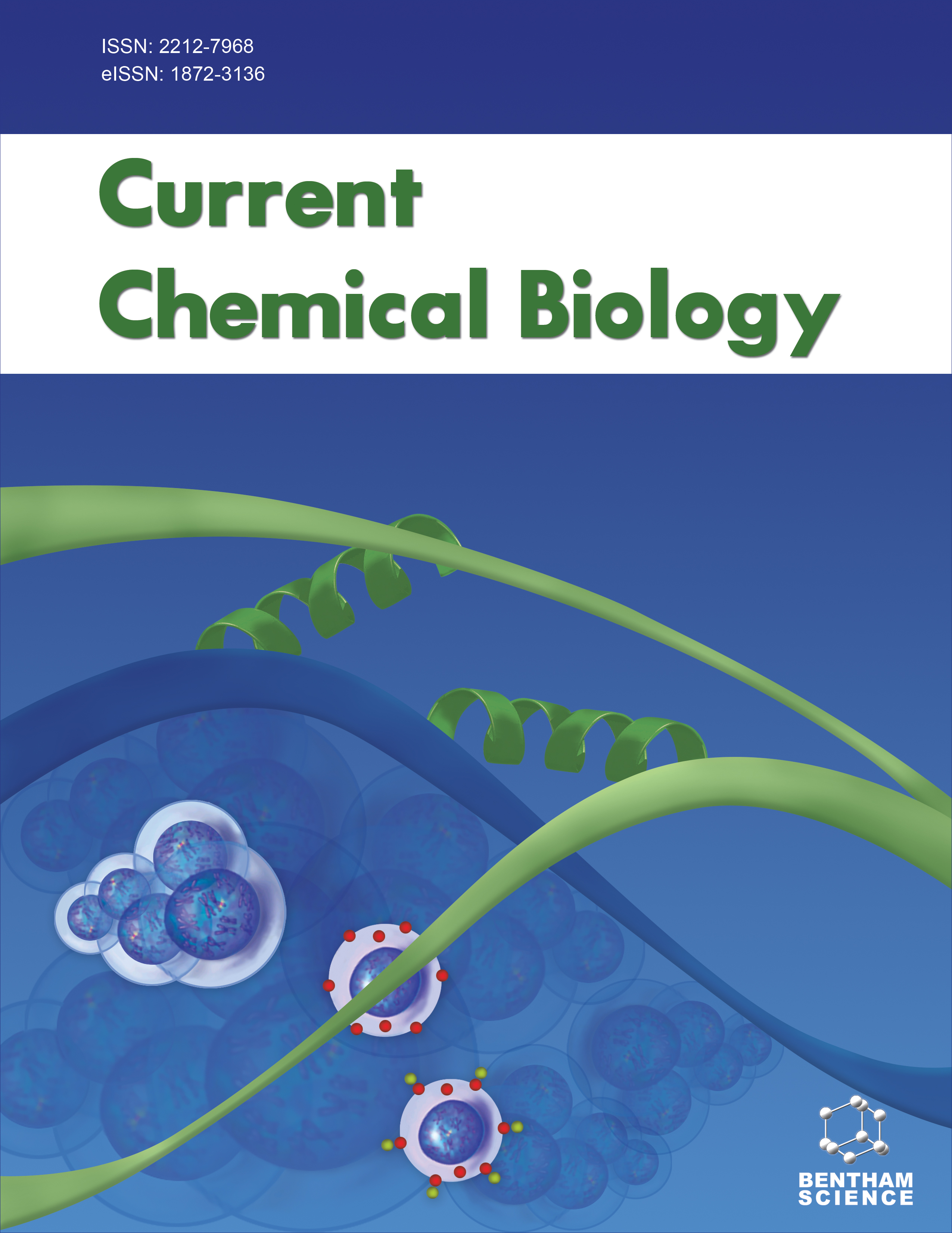
Full text loading...
We use cookies to track usage and preferences.I Understand
Numerous natural products have been successfully developed for clinical use in the treatment of human diseases in almost every therapeutic area.
This work aimed to assess the in-vitro and in-silico α-amylase inhibition activities of carlina oxide and aplotaxene, isolated from the roots of Carthamus caeruleus and Rhaponticum acaule respectively.
The essential oil from C. caeruleus roots was obtained using a Clevenger-type apparatus, and the hexanoic extract from the roots of R. acaule was obtained through maceration. Major components of each plant were separated via column chromatography. The in-vitro α-amylase inhibition activity was evaluated using porcine pancreatic α-amylase, while the molecular docking study was conducted using the Molecular Operating Environment (MOE) with three types of α-amylase: human salivary, pancreatic α-amylase and Aspergillus oryzae α-amylase (PDB: 1Q4N, 5EMY, 7P4W respectively).
The in-vitro α-amylase inhibition results for the essential oil, the hexanoic extract, carlina oxide and aplotaxene showed that carlina oxide exhibited significant activity with IC50 of 0.42 mg/mL. However, the in-silico study showed no interaction between aplotaxene and the three α-amylase enzymes, whereas carlina oxide demonstrated one pi-cation interaction with 5EMY with the amino acid TYR 62 at a distance of 4.70 Å and two pi-H interactions with 7P4W with the amino acid LYS 383 at distances of 4.31 and 4 .03 Å.
In conclusion, carlina oxide has the potential to serve as an alternative agent for α-amylase inhibition, contributing to the reduction of postprandial hyperglycemia.

Article metrics loading...

Full text loading...
References


Data & Media loading...

